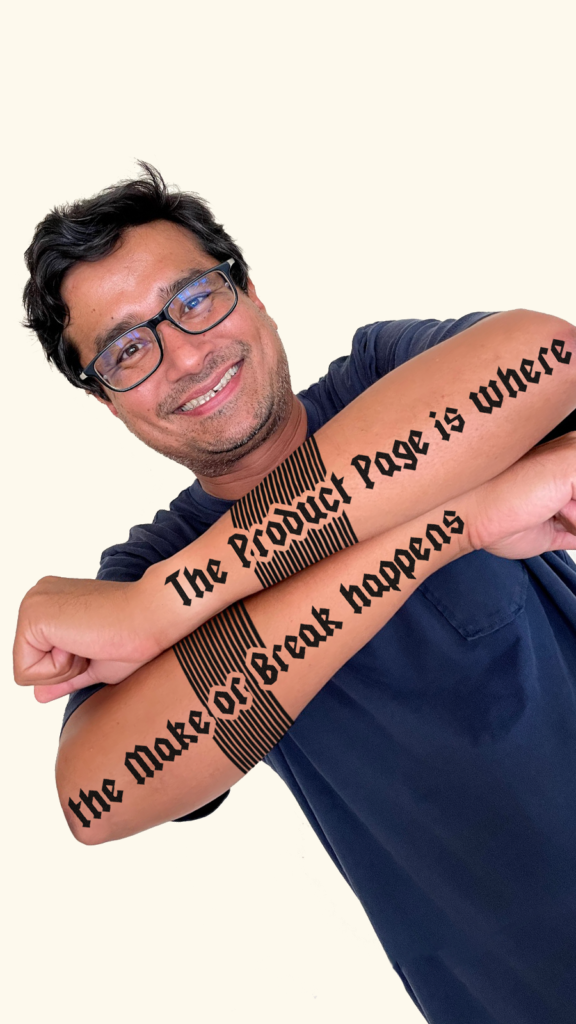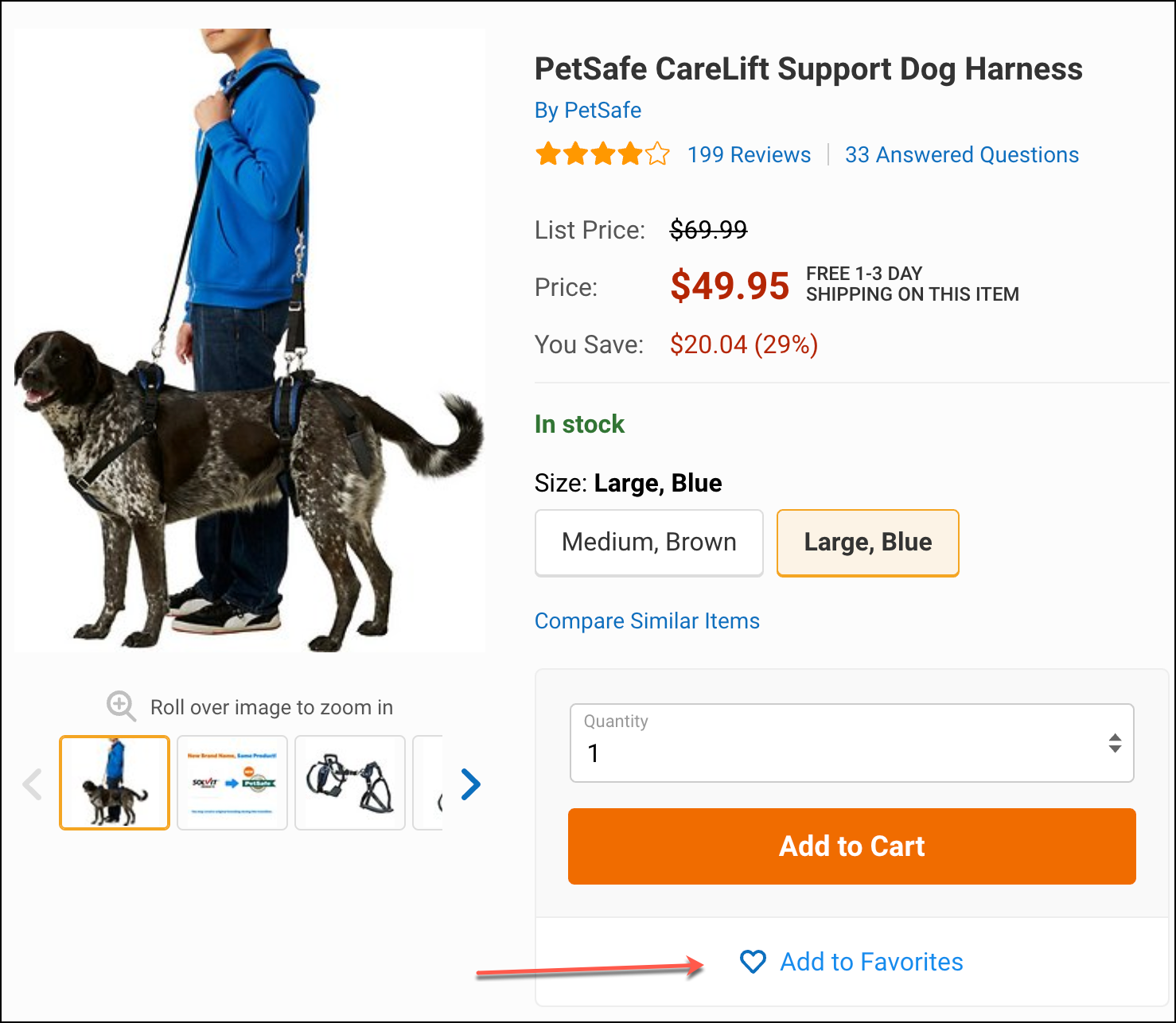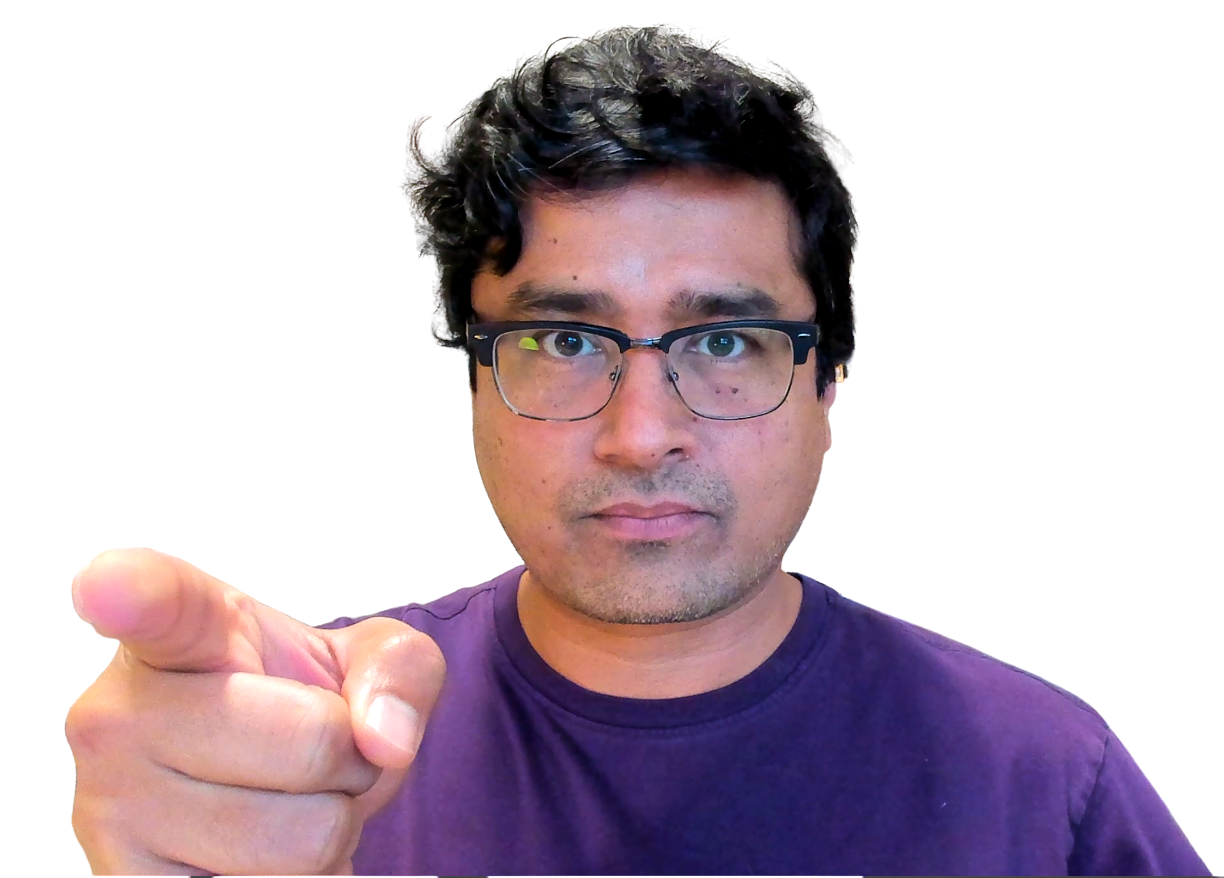Blog
Product Page “Add to Favorites” Button. Why It Matters for Your Online Sales.
In this article, we’ll tell you why product pages have “Add to Favorites” buttons.
Product Page Backstory
For an ecommerce site, their product page is the most important page on the whole site. The entire site is designed to funnel users to the product page. The single goal of the product page is to now convert these visitors. If I had the guts, I’d get this tattoo:

The Most Important Button
Here’s a depressing stat: The average ecommerce site has a 2.86% conversion rate.
I know what you’re thinking:
“In a world where 97.14% site visitors already don’t convert why add a button like ‘Add to Favorites’ and further dilute my product page conversion rates?”
I’m with you. I’ve always found the product page “Add to Favorites” buttons strange.
My reasoning has been, “What’s the point of this?”
I now realize I was wrong.
For shoppers who are simply in browse mode (96% of your site visitors, want more stats like this?) their mental narrative isn’t …
“I need to buy”
… its:
“Oooh, I need to bookmark this item, it looks perfect”.
The “Add to Favorites” phrase connects with this internal monologue.
The marketer needs to devise a strategy to make
“Add to Favorites” profitable.Here’s what you do: Create a three-part educational email series for this item. Email 1: talk about who you are and why you love this product. Then in email 2 (sent after a 2-day delay): talk about all the wonderful features of this item. Email 3 (sent after another 2-day delay): address all the objections a shopper might have about this product (reasons they might use to not buy it).
Now that the email sequence has been created add the
“Add to Favorites” button on the page and when clicked capture the email address and send them the email series. See red arrow in screenshot:
And this is why marketers add a “Add to Favorites” button on their product pages.
Product Page Add to Favorites on Every Page?
I get this question a lot: “Rishi, making a 3 part email series for every product on my site is insanity.”
You are right, it is insanity. So just apply this to your top 10 products and study how many people were added to the email series and how many of them converted. If the ROI is good you can think about doing this for the next 30 most popular items. Stop when the ROI is no longer there.
Bottom Line: Buyer Psychology
As an ecommerce marketer, the key detail that matters is buyer psychology.
We’ve been thinking about online buyer psychology for the last 14. To us, buyer psychology is the art and science of understanding the intent of your online shopper. Many most purchase decisions are made subconsciously. There is a whole area of economics dedicated to this topic, it’s called Behavioral Economics. Marketers who understand buyer psychology will dramatically improve their conversions and smoke the competition. Spend 5 minutes reading the content in the next section, it could change your life.
Revealing It All
We hope you liked this product page add to favorites article.
But we have so much more to share with you.
Why Listen to Us?
We’ve spent all our time in our marketing lab, experimenting with online shoppers. We’ve learned a crap ton and are ready to share those learning.
What we’ve learned is that the real secret to growing sales is to ignore 84% of your site visitors so you can triple down on a very special group. We call this group Healthy Skeptics. 👈🏼 click the link to your left for an unfair advantage over the competition.



